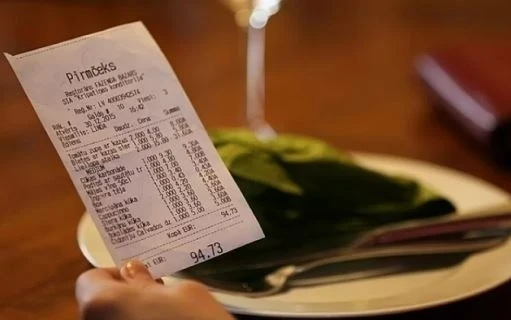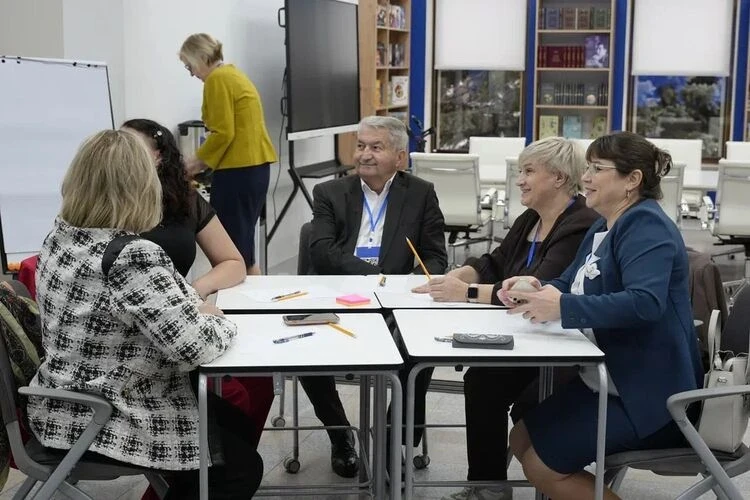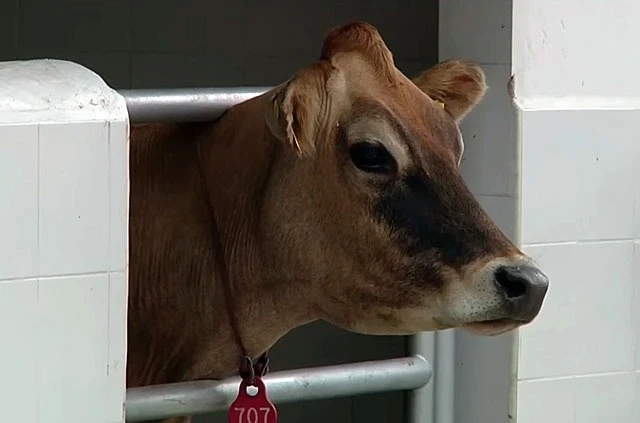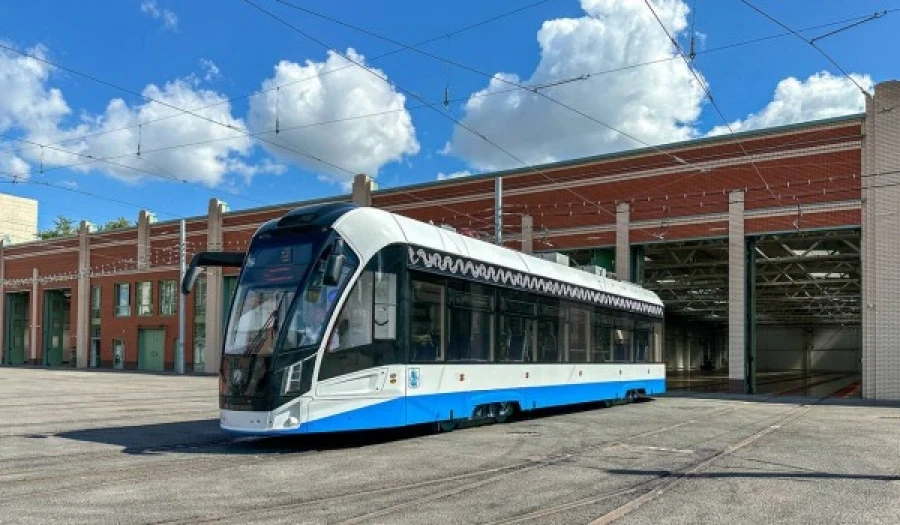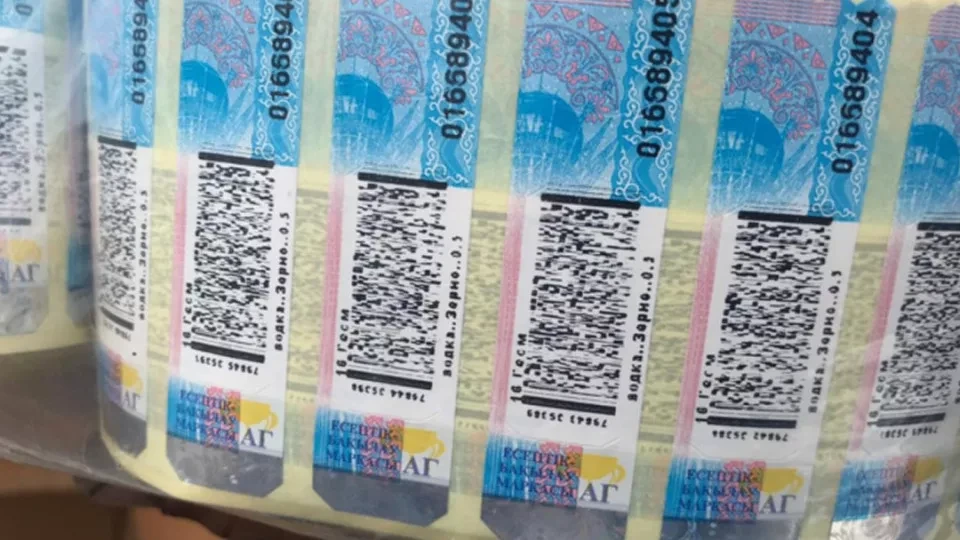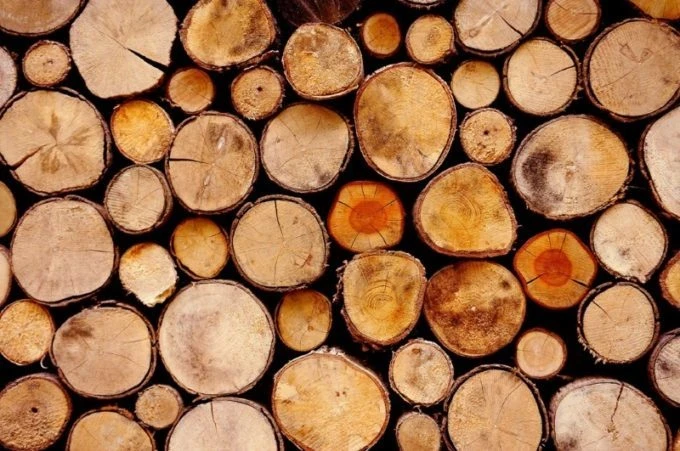As part of this pilot project, heavy trucks leaving Russia will not be required to be equipped with the GLONASS system. Instead, navigation seals will monitor the route and condition of the cargo in real time.
The materials permitted for transportation include:
- unprocessed timber;
- barrel wood, split logs, poles, and piles;
- roughly hewn blanks for umbrellas, canes, and handles;
- wood chips and similar wood materials;
- wooden sleepers;
- lumber thicker than 6 millimeters — planed, peeled, or sawn, both with and without end joints.
According to the EEC, starting in February 2026, navigation seals will be used to monitor the transportation of goods carried out between two or more EAEU countries.
As noted by Artem Yurenkov, director of the digital development department of the Ministry of Transport of Russia, the introduction of navigation seals "will allow the use of modern monitoring tools, and the creation of a unified information space will make the process of cargo delivery more transparent and efficient."
In the first phase of the pilot project, it is planned to cover specific excise goods groups, such as alcohol, tobacco, clothing, footwear, and equipment, as well as transportation in transit and export by road and rail.
In the future, the application of seals is planned to be expanded to all categories of transit cargo.
The functions of tracking cargo will be performed by national sealing operators. Integrated information systems of operators will be used in Kyrgyzstan, Armenia, Belarus, Kazakhstan, and Russia. The control authorities of the member countries of the union will have access to data on the movement of vehicles and the condition of cargoes.





